Optimal Timing for Home Siding Replacement
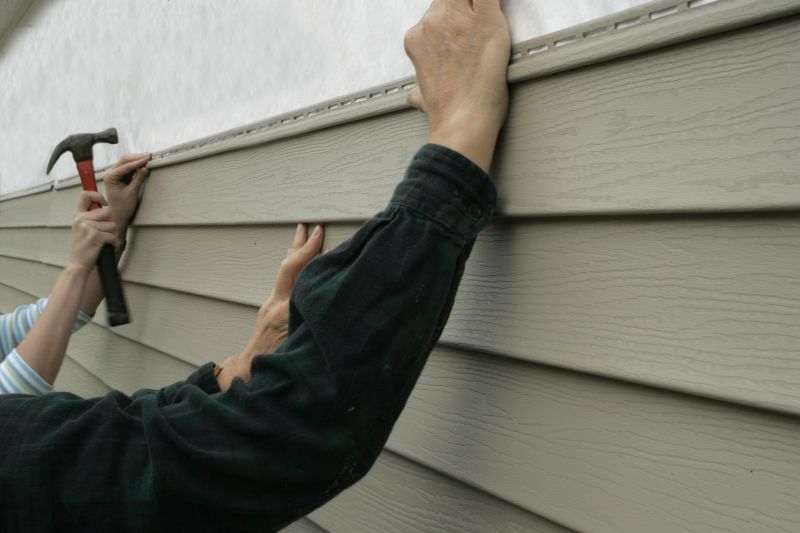
Spring offers moderate temperatures ideal for siding replacement projects, reducing the risk of weather disruptions.
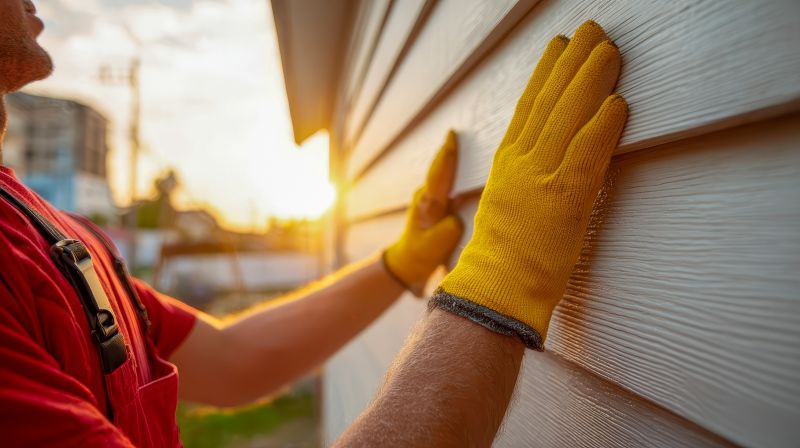
Summer provides longer daylight hours and stable weather, making it suitable for extensive siding work.

Fall allows for completing projects before winter, with cooler temperatures that help materials set properly.
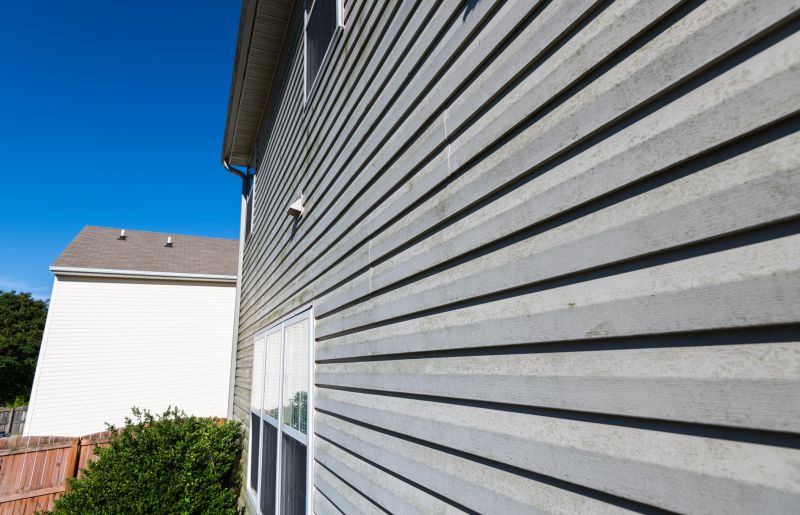
Ways to make Home Siding Replacements work in tight or awkward layouts.

Popular materials for Home Siding Replacements and why they hold up over time.

Simple add-ons that improve Home Siding Replacements without blowing the budget.
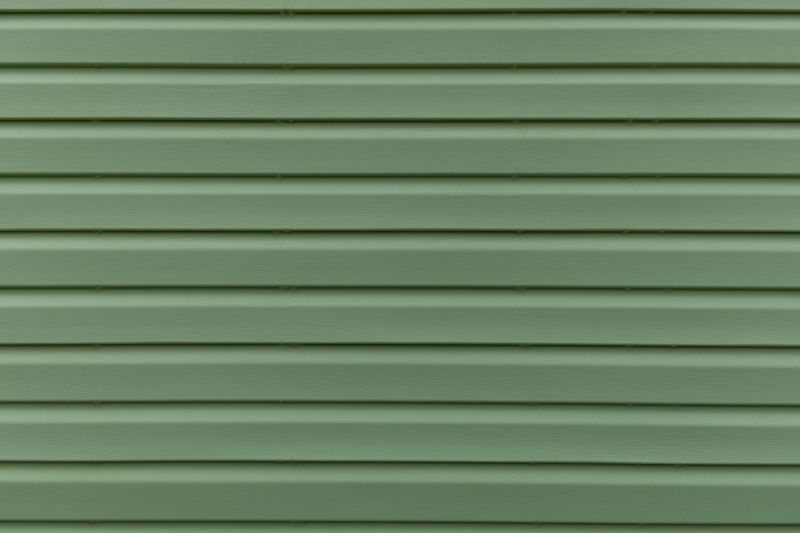
High-end options that actually feel worth it for Home Siding Replacements.
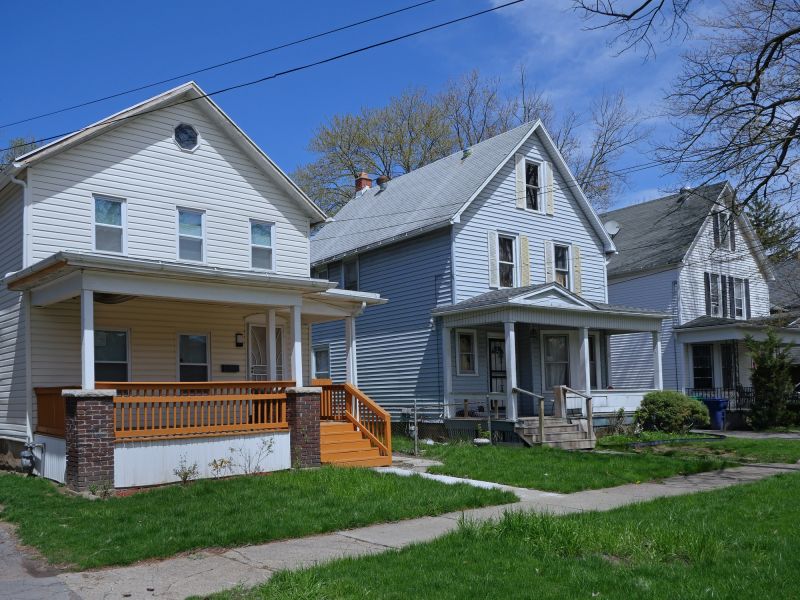
Finishes and colors that play nicely with Home Siding Replacements.
Home siding replacements are essential for maintaining the structural integrity and aesthetic appeal of a house. Choosing the optimal time for installation can ensure better results and minimize disruptions. The ideal timing often depends on local climate conditions, project scope, and weather patterns. Proper planning can extend the lifespan of siding materials, reduce potential weather-related delays, and enhance energy efficiency.
Avoid extreme temperatures and heavy precipitation to prevent siding damage and installation issues.
Certain siding materials perform better in specific seasons, influencing the best timing for replacement.
Scheduling during moderate weather minimizes delays and ensures quality workmanship.
Off-peak seasons may offer cost savings due to lower demand for contractor services.
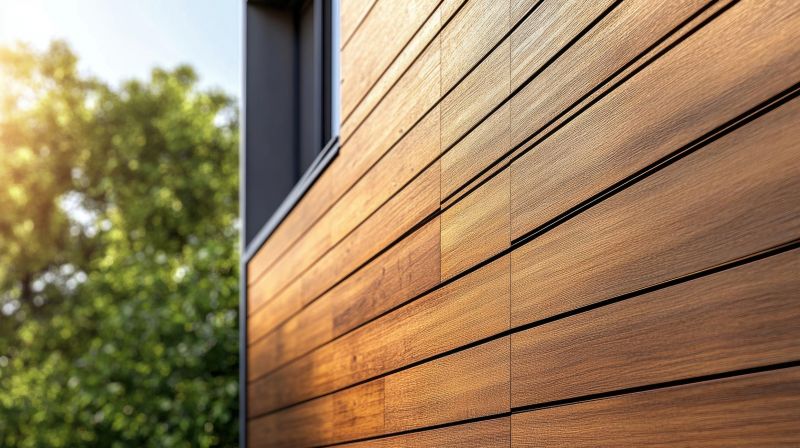
Ideal for moderate temperatures and manageable weather conditions.
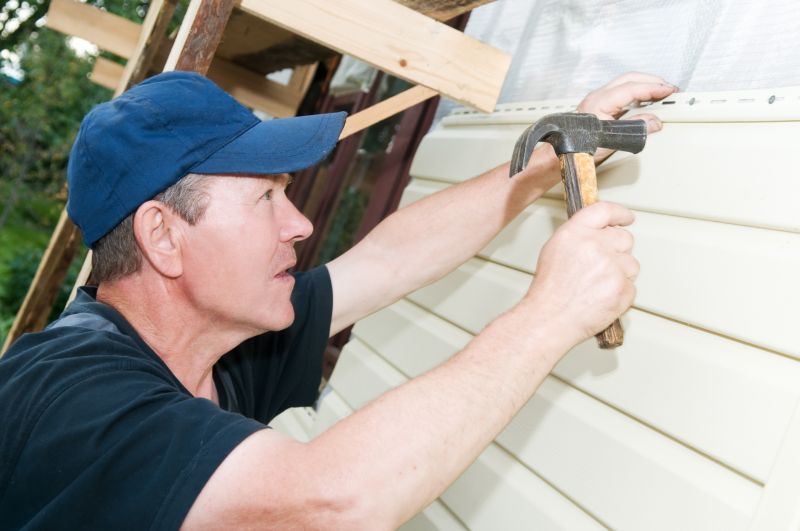
Suitable for longer daylight hours and stable weather patterns.
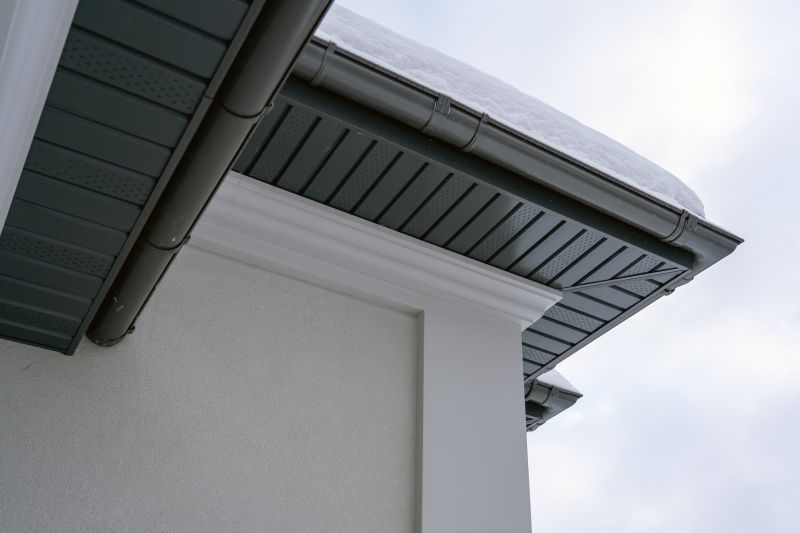
Prepares the home for winter, avoiding late-season delays.

Generally less favorable due to cold temperatures and potential snow, but possible with proper planning.
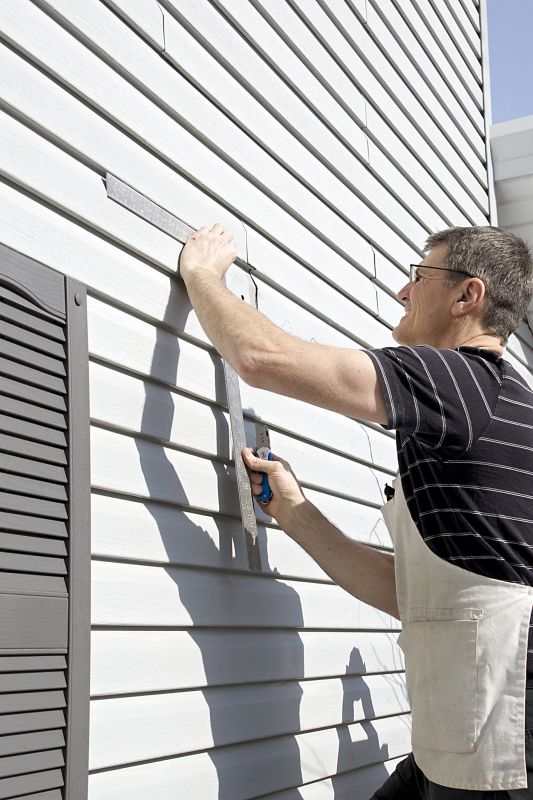
Little measurements that prevent headaches on Home Siding Replacements day.
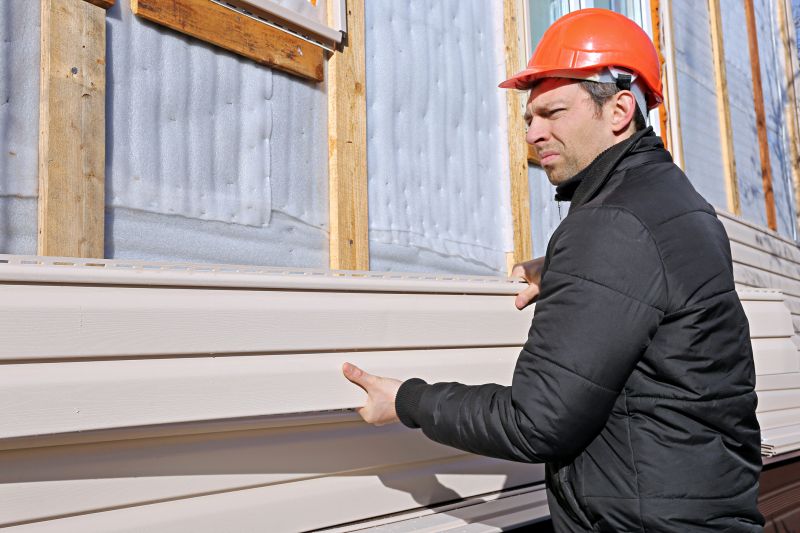
A 60-second routine that keeps Home Siding Replacements looking new.
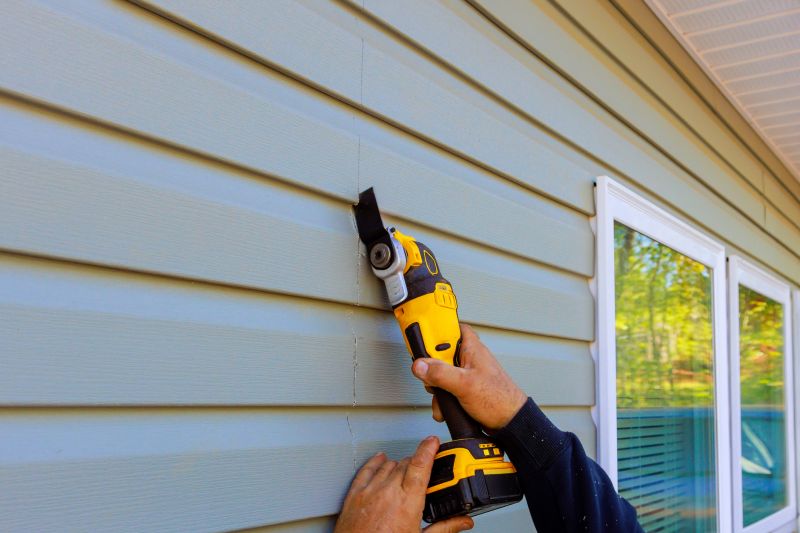
A frequent mistake in Home Siding Replacements and how to dodge it.
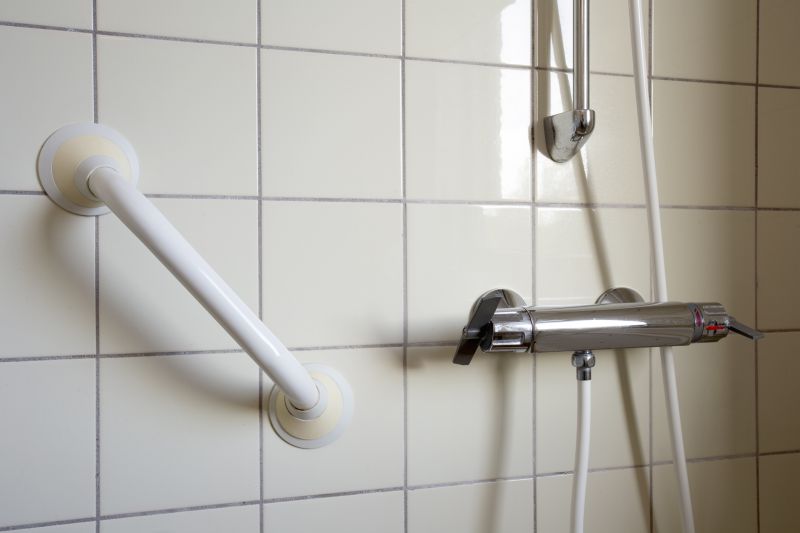
Small tweaks to make Home Siding Replacements safer and easier to use.
| Season | Advantages |
|---|---|
| Spring | Moderate temperatures, less rain, good for scheduling |
| Summer | Longer days, stable weather, ideal for extensive projects |
| Fall | Completion before winter, cooler temperatures |
| Winter | Limited, suitable only with advanced planning and mild weather |
Selecting the right time for home siding replacement involves evaluating local climate trends, project scope, and personal scheduling needs. Proper timing can improve the durability and appearance of siding, preventing issues such as warping, cracking, or moisture intrusion. Consulting with experienced contractors can help determine the most suitable season based on specific circumstances.
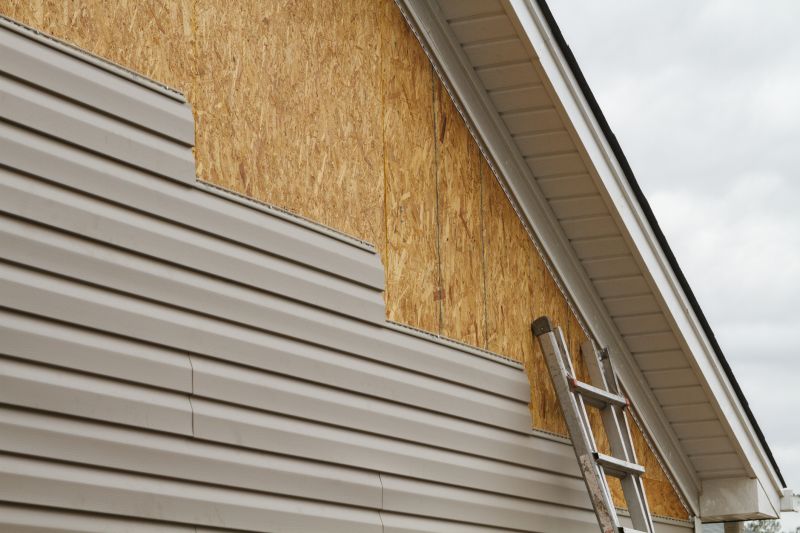
Optimal for mild weather, reducing the risk of weather-related delays.
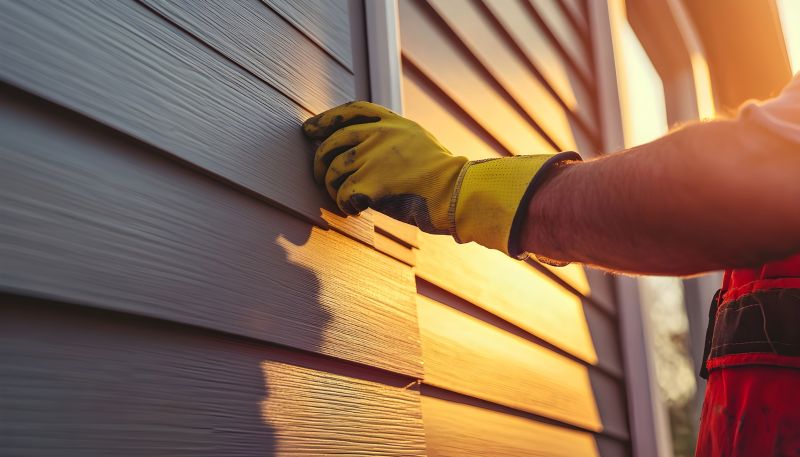
Longer days and stable conditions support efficient installation.
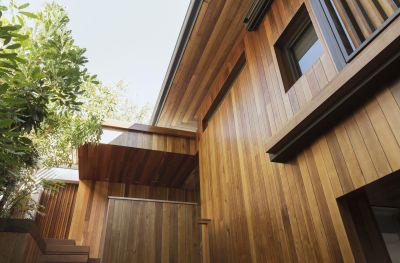
Completes before winter, avoiding late-season weather issues.
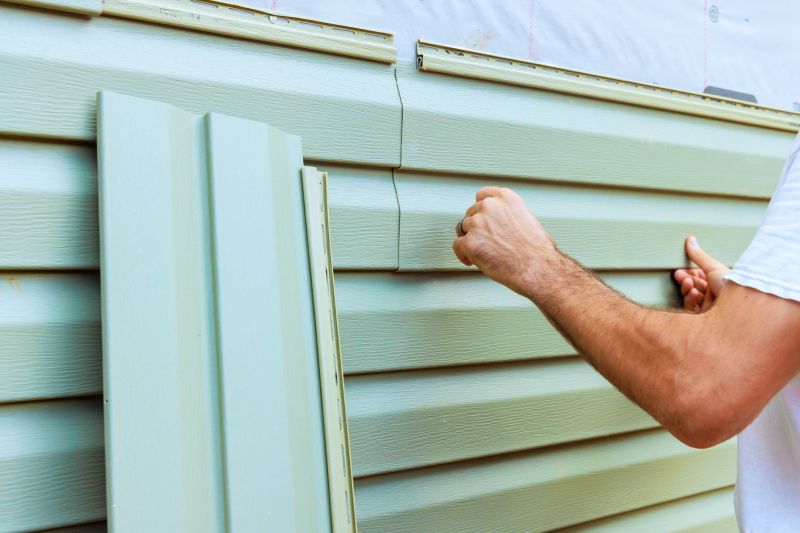
Possible with proper preparation, but generally less recommended.

The short, realistic tool list for quality Home Siding Replacements.
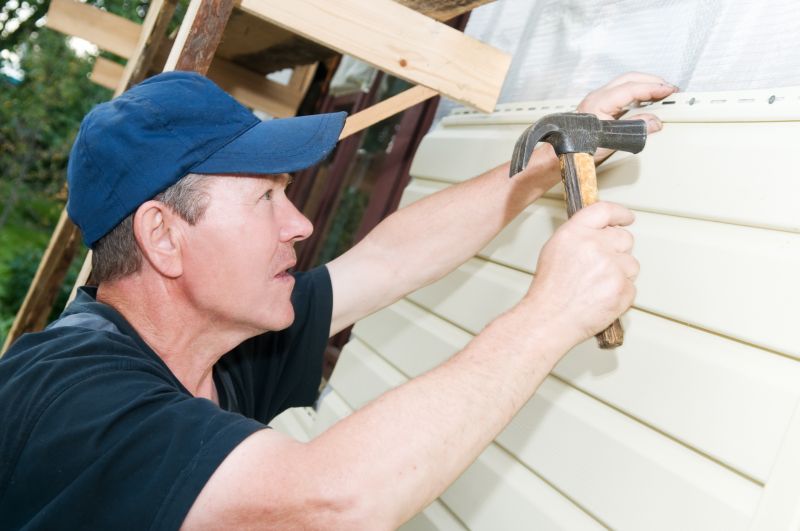
Rough timing from prep to clean-up for Home Siding Replacements.
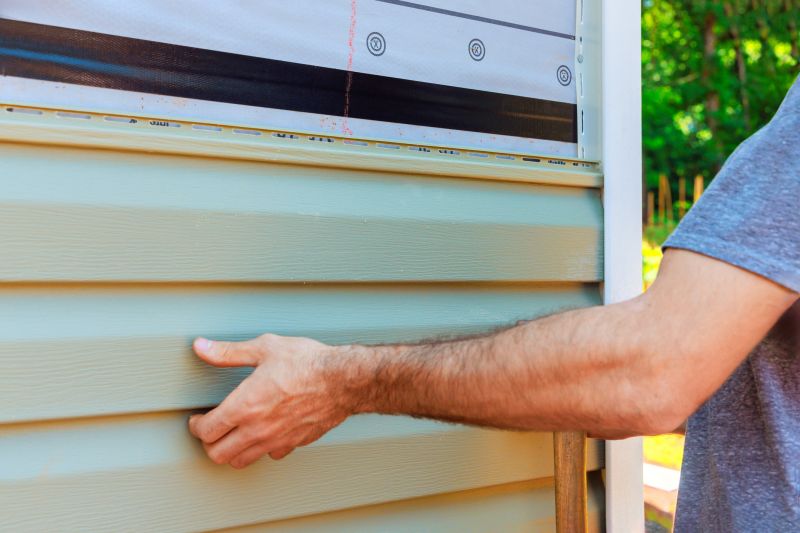
Quick checks and paperwork to keep after Home Siding Replacements.
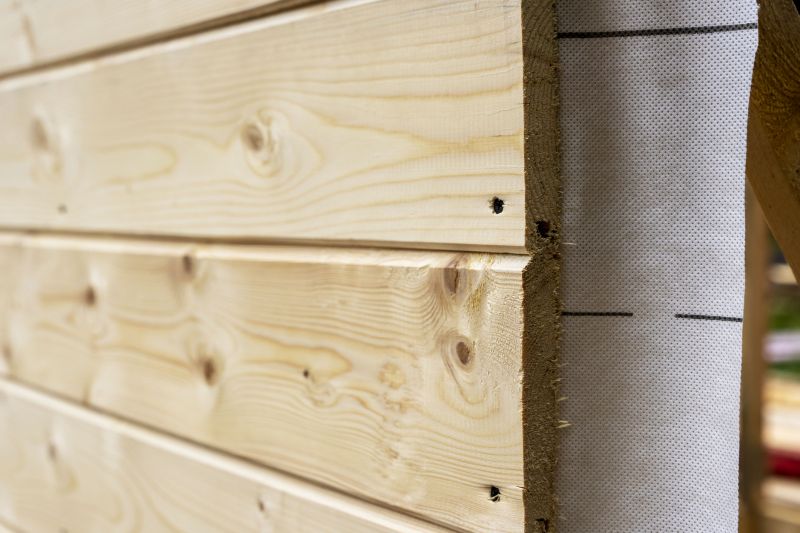
Examples that show the impact a good Home Siding Replacements can make.
Understanding the seasonal impacts on siding replacement can help homeowners plan effectively. Proper timing not only ensures better installation quality but also can lead to cost savings and longer-lasting results. It is recommended to consult with siding professionals to identify the best window based on local weather patterns and project requirements.
Interested in upgrading siding? Fill out the contact form to discuss options and scheduling.



